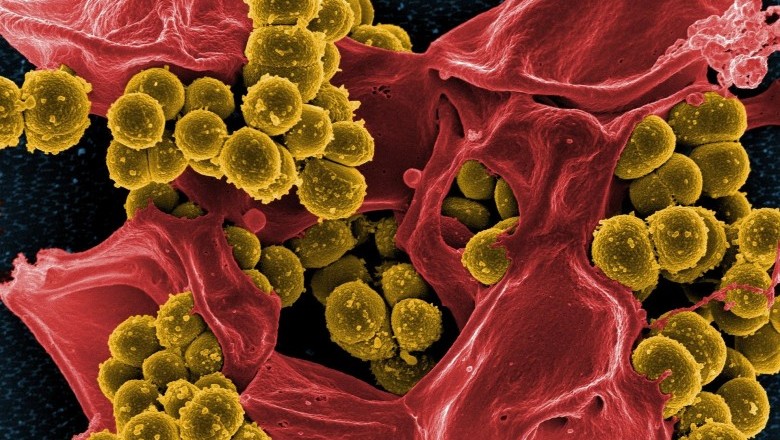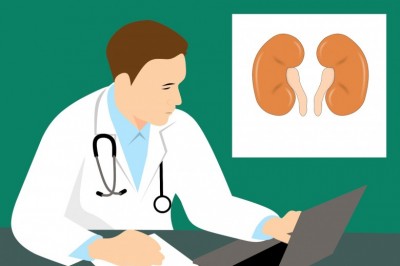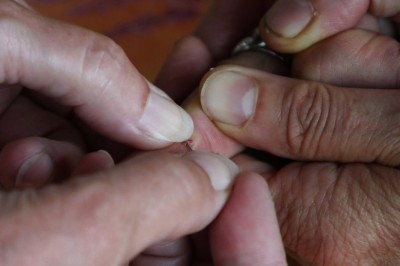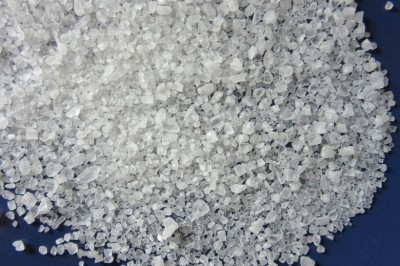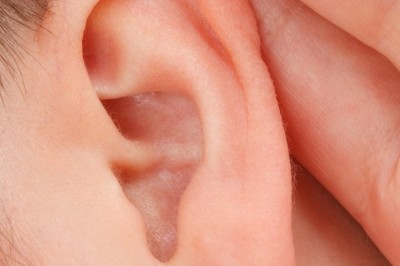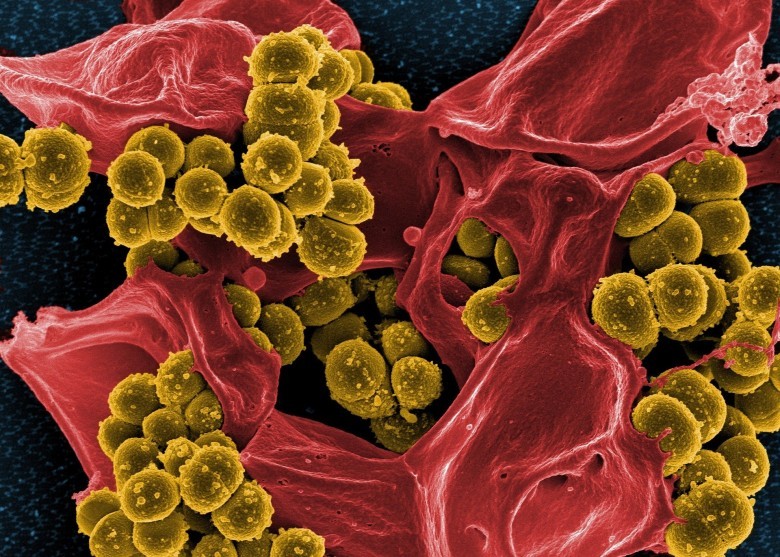
Causes of Staph Infection and Symptoms of Staph Infection
Staphylococcus aureus (which is occasionally given the nickname golden staph) is a bacterium, frequently living on the skin or in the nose of a healthy person, that can cause illnesses ranging from minor skin infections (such as pimples, boils, and cellulitis) and abscesses, to life-threatening diseases such as pneumonia, meningitis, endocarditis and septicemia.
Each year some 500,000 patients in American hospitals contract a staphylococcal infection.These staph infections range from a simple boil to antibiotic-resistant infections to flesh-eating infections. The difference between all these is how deep and how fast the infection spreads, and how treatable it is with antibiotics. The antibiotic-resistant infections are more common in North America, because of our overuse of antibiotics.
Signs and symptoms of Staph InfectionStaph skin infections, including MRSA, generally start as small red bumps that resemble pimples, boils or spider bites. These can quickly turn into deep, painful abscesses that require surgical draining. Symptoms and signs of acute glomerulonephritis are often vague and ill-defined.
On the other hand, symptoms associated with pyelonephritis are often acute with fever, chills, back ache, and nausea.Furuncles (boils) and carbuncles, white-headed pimples around hair follicles.Blistering and peeling skin, in infants and young children.Swollen lymph nodes in the neck, armpits or groin. Causes of Staph InfectionCommunity-associated MRSA (CA-MRSA) infections are ones that occur in otherwise healthy people who have not recently been in the hospital. The infections have occurred among athletes who share equipment or personal items (such as towels or razors) and children in daycare facilities. A carbuncle is made up of several skin boils ( furuncles ).
The infected mass is filled with fluid, pus, and dead tissue. Fluid may drain out of the carbuncle, but sometimes the mass is so deep that it cannot drain on its own.Treatments for Staph Infectionsntistaphylococcal antibiotics are the usual treatments for staph infections. This may include a topical antibiotic cream (Bactroban, Altabax, etc.) for simple impetigo, warm compresses and drainage for abscesses, an oral antibiotic, or an intravenous antibiotic for more serious or persistent infections.Scalded skin syndrome (Ritter disease): As with any S aureus toxin-mediated disease, treatment should aim to eradicate the focus of infection and end toxin production.
Administer large doses of intravenous antistaphylococcal agents, such as oxacillin (150 mg/kg/d), or a first-generation cephalosporin, such as cefazolin (100 mg/kg/d). For those with infected wounds - special honey, silver bandages, garlic preparations and tea tree oil are all believed to be effective in killing MRSA in a wound. Many who have the skin infections common with CA MRSA simply need incision and drainage of the infected area and good hygiene while it heals. Antibiotics are not always needed.S. aureus bacteria are common in the environment.
People whose immune systems have been weakened by disease or certain medical treatments, including surgery or receiving intravenous catheters, are at greater risk of infection. Vancomycin is one of the few antibiotics that are effective against hospital strains of staph infection, although some staph bacteria have developed a resistance to this treatment as well. Read About
Health AnswersAlso read about
Health Answers Board Directoryand
Health Answers Board for Beauty


